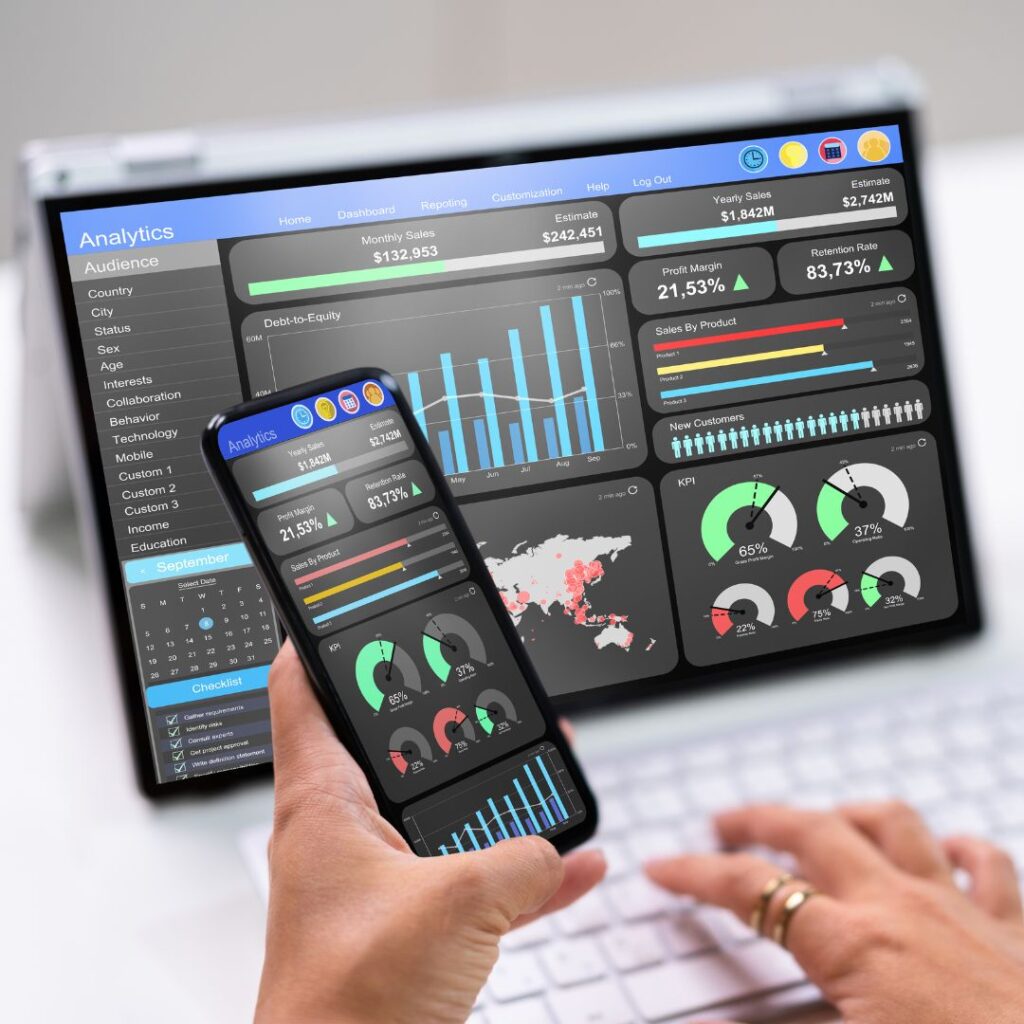Data is powerful, but it can also be overwhelming. Numbers and charts often fail to capture the imagination and inspire action. That’s where data storytelling comes in.
Data storytelling is the art of using data to craft a narrative that resonates with your audience. It’s about taking complex information and presenting it in a way that is clear, concise, and emotionally engaging.
Why Data Storytelling Matters in Marketing
Data is essential for making informed marketing decisions, but it’s only half the battle. You also need to be able to communicate your findings in a way that gets buy-in from stakeholders and motivates your team. Data storytelling helps you achieve this by:
- Simplifying complex information: Transform dry data points into a clear and concise narrative that everyone can understand.
- Evoking emotions: Data can be used to paint a picture, highlight trends, and reveal surprising insights that capture attention and spark action.
- Building trust and credibility: Data provides evidence to support your claims, fostering trust and confidence in your marketing strategy.
Crafting a Compelling Data Story
Here are some key elements to consider when crafting your data story:
- Start with a clear objective: What do you want your audience to know or do after hearing your story?
- Identify your key insights: What are the most important takeaways from your data analysis?
- Choose the right data visualization: Charts, graphs, and infographics can make your data more visually appealing and easier to understand.
- Focus on the human element: Don’t just talk about numbers; talk about the impact your data has on real people.
- Use strong visuals and storytelling techniques: Engage your audience with powerful visuals, clear language, and a compelling narrative structure.
Examples of Data Storytelling in Marketing
Here are a few examples of how data storytelling can be used in marketing:
- Case studies: Use data to showcase the positive impact your product or service has had on real customers.
- Social media campaigns: Present data in visually appealing formats to raise awareness and spark conversation on social media.
- Interactive reports: Create interactive dashboards that allow users to explore your data and discover insights for themselves.
By mastering the art of data storytelling, you can transform dry data into a powerful tool that can elevate your marketing efforts and drive real results.




